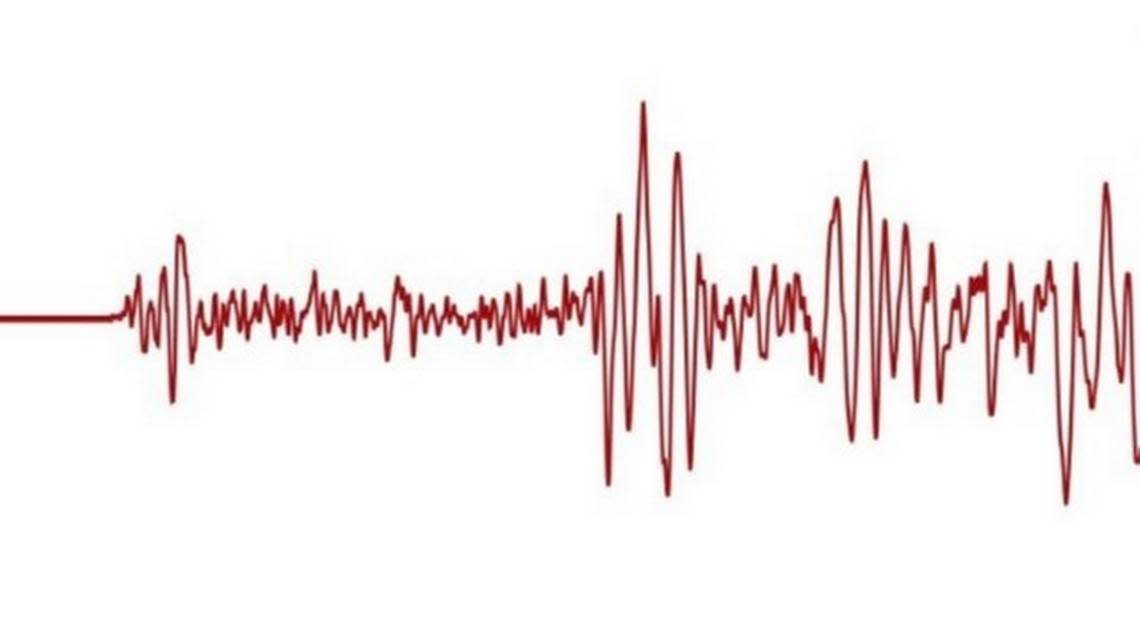Why has South Carolina had so many earthquakes lately? What we know

As of Wednesday, there have been more than 30 earthquakes in South Carolina since December, a far greater number than usual for the state. Why they’re happening though is still a bit of a mystery.
The reason why we don’t know yet is not, some experts say.
“It’s sort of weird, but what’s happened is not big enough for outside help to come in,” Steven Jaume, an earthquake scientist at the College of Charleston, said about people needed to research the quakes. “The bigger institutions and the U.S. Geological Survey feel these don’t reach the threshold to send people out into the field.”
The United States Geological Survey confirmed that a magnitude 3.33 earthquake shook parts of the Midlands just before 3 p.m. Wednesday, June 29. The earthquake was centered 3 miles east of Elgin, at 2:43 p.m.
The latest quake comes only about three days after the strongest earthquake in recent activity was recorded in Elgin, a magnitude 3.4 quake.
In all, 32 earthquakes have hit the Columbia area since the most previous 3.3 magnitude quake was recorded on Dec. 27, 2021, according to the South Carolina Department of Natural Resources.
According to the South Carolina Emergency Management Division, the state typically averages up to 20 quakes each year.
Geologists have previously told The State that there’s been no evidence that mining or seepage from lakes has recently triggered the small South Carolina earthquakes. While mining has been known to trigger small earthquakes, many of the recent tremors appear to have occurred miles away from mines, they said.
It’s possible the increased number of earthquakes is simply a natural phenomenon that occurs more in some years than in others, they added.
Scott White, geology professor in the School of the Earth, Ocean and Environment at the University of South Carolina, said the latest earthquake “falls well within historical norms for the area.”
White says there is not a trend. South Carolina experiences sequences like this, followed by relative inactivity, every decade or so.
“There have been more earthquakes in the past six months than we have had in quite a while,” White said. “Small magnitude earthquakes like these are relatively common in South Carolina.”
But why would South Carolina need out-of-state help to research these quakes in the first place to know for sure?
Juame said South Carolina is in a bit of a tough spot currently in terms of earthquake expertise and equipment — there isn’t enough of either of them.
Jaume said many of the state’s seismologists have retired and haven’t been replaced. Also, there isn’t enough proper equipment near where the earthquakes keep occurring to create a full picture of what’s been happening.
“Unfortunately, nobody in the state is set up to deploy seismometer,” he said. “Right now we have one in the area when we really need about a dozen.”
Jaume said have more equipment would give experts a more 3-dimensional view of where the earthquakes are happening.
“Imagine if the National Weather Service only had one satellite that went through the area every few hours,” Jaume said, comparing that to the state’s earthquake equipment situation.

